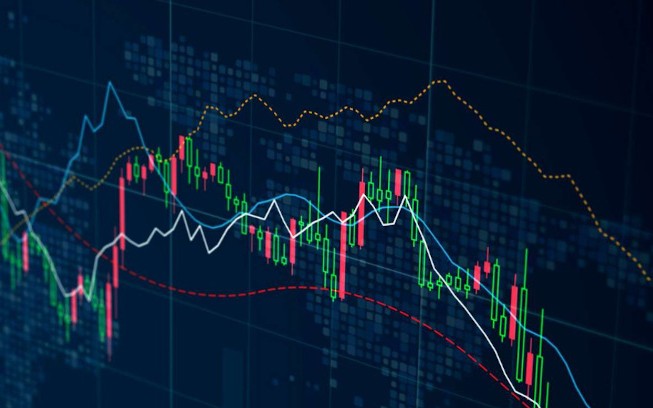
Forex Day Trading for Beginners: A Comprehensive Guide
Forex day trading can be a lucrative venture, especially for beginners eager to dive into the financial markets. By focusing on short-term trading strategies, day traders can capitalize on small price movements in currency pairs. However, without proper guidance, it’s easy to get overwhelmed in this fast-paced environment. In this guide, we will cover essential tips, strategies, and resources to help beginners navigate the world of forex day trading. For those looking for reliable trading platforms, check out the forex day trading for beginners Best Ugandan Brokers.
Understanding Forex Day Trading
Forex day trading involves buying and selling currency pairs within the same trading day. Unlike long-term investing, where traders hold positions for weeks, months, or even years, day traders aim to profit from small price fluctuations. The forex market operates 24 hours a day, offering ample opportunities for traders to enter and exit positions quickly.
The Basics of the Forex Market
Before delving into day trading strategies, it’s essential to understand how the forex market works. The forex market is where currencies are traded, and it represents the largest financial market in the world. The trading is done in pairs, such as EUR/USD, where the first currency is called the base currency and the second is the quote currency. The price reflects how much of the quote currency is needed to purchase one unit of the base currency.
Key Terminology
- Pip: The smallest price movement between two currencies, usually the fourth decimal place.
- Leverage: Using borrowed funds to increase the potential return on investment. For example, with 100:1 leverage, a trader can control $100,000 with just $1,000 of their own capital.
- Spread: The difference between the bid price (what a trader receives when selling a currency) and the ask price (what a trader pays to purchase a currency).
- Lot Size: The standard unit of measurement in the forex market. A standard lot is 100,000 units of the base currency, while mini lots and micro lots are smaller sizes.
Choosing a Trading Strategy
Successful day trading requires a well-defined strategy. Here are a few popular strategies used by forex day traders:
1. Scalping
Scalping is a quick-paced trading style where traders aim to make small profits from numerous trades throughout the day. This strategy relies on high volumes and requires a keen understanding of market movements.

2. Range Trading
Range trading involves identifying levels of support and resistance in the market. Traders buy at support levels and sell at resistance levels, capitalizing on sideways market movements.
3. News Trading
News trading focuses on capitalizing on market volatility surrounding economic news releases. Traders must stay informed of upcoming news events and be prepared to react quickly to price movements.
Essential Tools for Day Trading
To succeed in forex day trading, it’s crucial to have the right tools. Here are some essential tools every day trader should consider:
1. Trading Platform
A reliable trading platform is paramount for executing trades swiftly. Choose a platform that offers user-friendly interfaces, advanced charting tools, and a wide range of technical indicators.
2. Economic Calendar
Staying updated on key economic events can give traders an edge. An economic calendar displays upcoming data releases, allowing traders to anticipate market volatility.
3. Trading Journal
Keeping a detailed trading journal helps traders analyze their performance. Recording trades, strategies, and outcomes can provide insights for future improvements.

Risk Management
Effective risk management is crucial for long-term success in forex day trading. Here are some key practices:
1. Setting Stop-Loss Orders
Using stop-loss orders allows traders to limit potential losses. By setting a stop-loss level, traders can exit a losing trade before it impacts their overall capital severely.
2. Position Sizing
Determining the correct position size for each trade is vital. Traders should only risk a small percentage of their trading capital on any single trade to avoid significant losses.
Developing a Trading Plan
A documented trading plan outlines your trading strategy, goals, risk tolerance, and specific rules for entering and exiting trades. A solid plan acts as a roadmap and can help prevent emotional decision-making during trading.
Continuous Learning and Adaptation
The forex market is constantly evolving, and staying updated with market trends, strategies, and economic indicators is crucial. Continuous education through books, online courses, or webinars can enhance a trader’s skills and adaptability.
Conclusion
Forex day trading can be an exciting and potentially profitable endeavor for beginners. With a solid understanding of the fundamentals, appropriate strategies, and effective risk management, aspiring traders can navigate the complexities of the forex market. Remember to start small, remain disciplined, and always be willing to learn from your experiences. Good luck on your trading journey!


